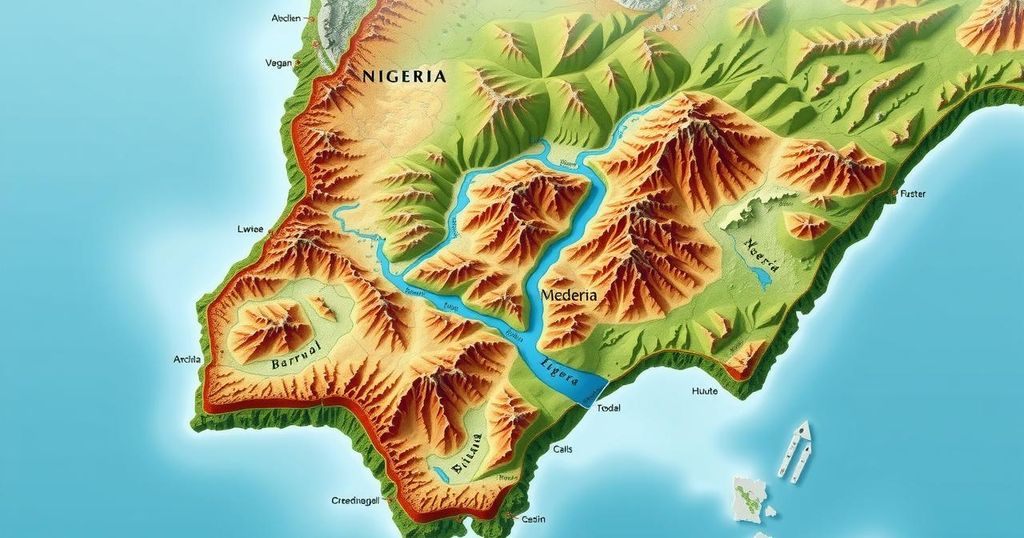Examining Nigeria’s Emergency Rule: A Historical Perspective since 1999
President Bola Tinubu has declared a state of emergency in Rivers State due to a political crisis, suspending the governor and assembly members while appointing Admiral Ibokette Ibas (retd.) as administrator. This follows a constitutional process with provisions for National Assembly approval. This marks Nigeria’s fourth emergency declaration since 1999, with previous instances in Plateau, Ekiti, and the northeastern states in response to violence and crises.
In light of the ongoing political crisis in Rivers State, President Bola Tinubu has formally declared a state of emergency, which he announced in a nationwide broadcast. This state of emergency has led to the suspension of Governor Sim Fubara, his deputy, and all elected assembly members for an initial duration of six months. Additionally, Admiral Ibokette Ibas (retd.), a former Chief of Naval Staff, has been appointed as the state administrator during this period.
The legal framework for this declaration is rooted in Section 305 of the 1999 Constitution, which permits the President to declare a state of emergency under specific circumstances. This proclamation must be published in the government gazette and requires approval by the National Assembly. A two-thirds majority is necessary to validate such declarations, providing a vital system of checks and balances against potential excesses of executive power.
Since Nigeria’s transition to democracy in 1999, this action represents the fourth instance in which a sitting President has declared a state of emergency. Previous notable instances include:
1. Plateau State (2004): In May 2004, President Olusegun Obasanjo invoked emergency rule in Plateau State due to severe ethno-religious violence that resulted in widespread devastation. The state government was suspended, and Major General Chris Alli (retd.) was designated as administrator.
2. Ekiti State (2006): A leadership crisis emerged in Ekiti State in October 2006, leading to Obasanjo’s declaration of emergency following the controversial impeachment of Governor Ayo Fayose. Brigadier General Adetunji Olurin (retd.) was appointed to restore order until the situation normalized.
3. Borno, Yobe, and Adamawa States (2013): President Goodluck Jonathan declared a state of emergency on May 14, 2013, due to the escalating Boko Haram insurgency. Unlike prior cases, the governors and state assemblies remained intact, while the federal government increased troop deployment and imposed curfews to mitigate the insurgency.
President Bola Tinubu’s declaration of a state of emergency in Rivers State highlights recurring instances in Nigeria’s recent political history since 1999. With previous declarations such as in Plateau, Ekiti, and northeastern states, these rulings have been central to addressing crises marked by violence and instability. The constitutional framework ensures a balance of power while responding to urgent situations, emphasizing the necessity of governance adaptations in Nigeria’s democratic journey.
Original Source: punchng.com




Post Comment